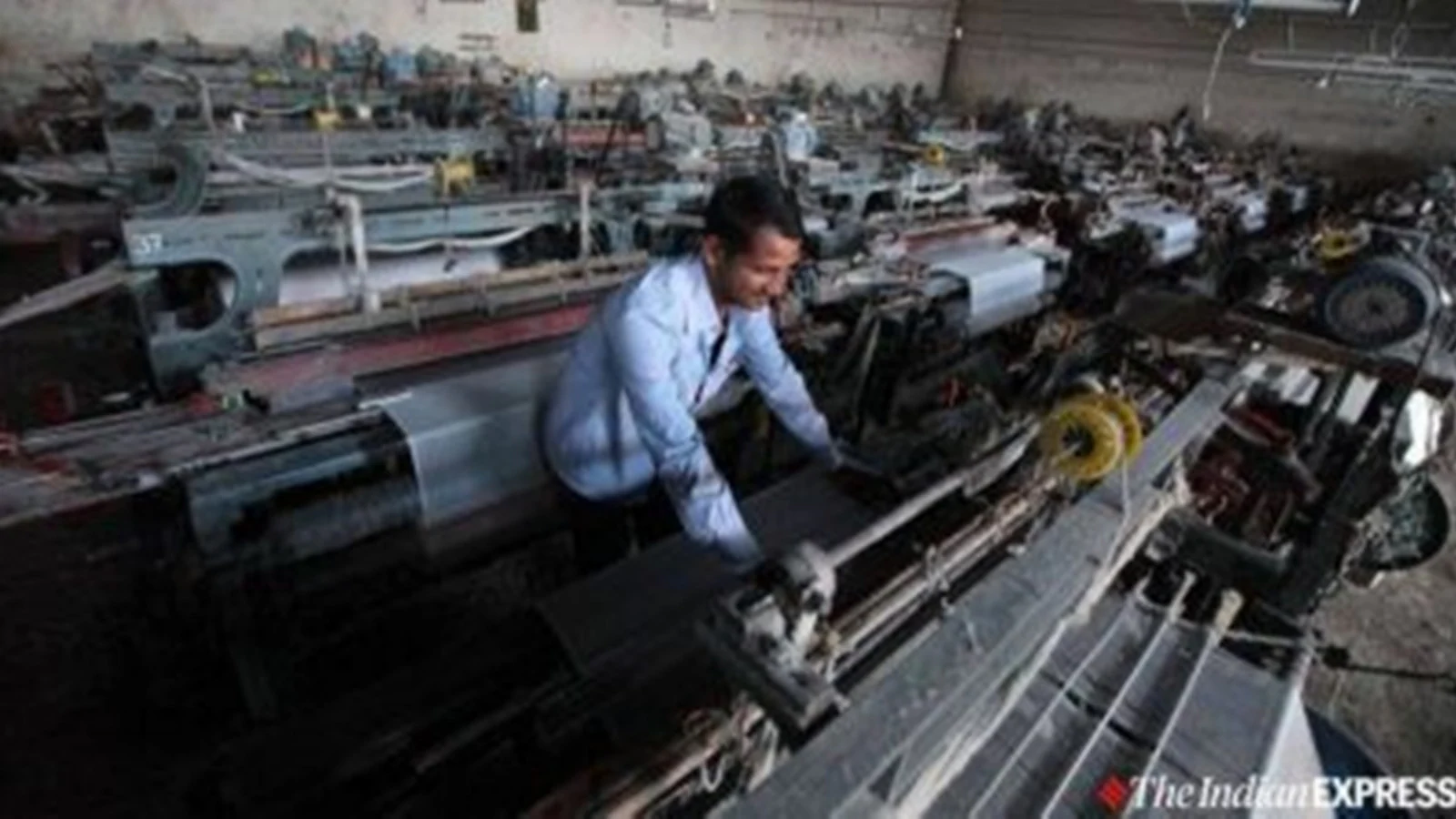
With US their key market, worried apparel exporters seek Govt help
How did your country report this? Share your view in the comments.
Diverging Reports Breakdown
With US their key market, worried apparel exporters seek Govt help
President Donald Trump has set a higher tariff on India (at 25 per cent) than on over 50 other countries. Domestic apparel exporters have expressed concern and sought government intervention. The new tariffs are set to come into effect from August 7. While China continues to be the top exporter of textile and apparel items in the US, its market share has come down from 27.4 per cent to 21.9 per cent in 2024. However, India’s market share have been rising. The US is a key market for Indian Ready-Made Garments (RMG) exports. The top three exports of India to the US hold 10, 36, and 20 per cent share, respectively, of the US total imports of these products globally. The Ministry of Textiles on Friday said that the overall exports from the sectors including handicrafts has grown 5 per cent during FY25, at $37.7 billion.
“We request immediate government intervention to offset this huge setback. Exporters have their back against the wall and will have to sell below cost to keep their factories running and avoid mass layoffs,” Sudhir Sekhri, Chairman, Apparel Export Promotion Council (AEPC), said in a statement.
The Confederation of Indian Textile Industry (CITI), New Delhi based-industry chambers of the textile and clothing sector, also said that the latest US tariff announcement has added to the challenges that India’s textile and apparel exporters were already grappling with.
Story continues below this ad
“The latest US tariff announcement, following which the tariff rates have been substantially reduced for many countries including Bangladesh, against whom we are competing for a larger share of the US market, will compound the difficulties for India’s textile and apparel exporters as we will be handicapped by a severe duty disadvantage,” CITI Chairman Rakesh Mehra said.
Seeking government intervention for easier availability of raw materials, CITI said while the tariff rate for India has been set at 25 per cent, the rate for competing countries such as Bangladesh is 20 per cent, Indonesia and Cambodia are 19 per cent each and Vietnam is 20 per cent.
India’s market share rising
While China continues to be the top exporter of textile and apparel items in the US, its market share has come down from 27.4 per cent in 2020 to 21.9 per cent in 2024. However, India’s market share has been rising.
The US is a key market for Indian Ready-Made Garments (RMG) exports; its share in India’s total garment exports in 2024 stood at 33 per cent, AEPC said. India’s presence in the US garment import market increased from 4.5 per cent in 2020 to 5.8 per cent in 2024. India ranks fourth among the top RMG exporters to the US, it said.
Story continues below this ad
“Top three most exported products by India to US: cotton T-shirts (9.71 per cent); women’s or girls’ dresses of cotton (6.52 per cent); babies’ garments of cotton (5.46 per cent), etc. The top three exports of India to the US hold 10, 36, and 20 per cent share, respectively, in the US total imports of these products globally,” the export promotion council said.
Capacity building efforts
The Ministry of Textiles on Friday said that the overall exports from the sectors including handicrafts has grown 5 per cent during FY25, at $37.7 billion, compared to $35.8 billion during the previous financial year. The Ministry also said that it has implemented the Scheme for Integrated Textile Park (SITP) to provide support for setting up textile parks with world-class, state-of-the-art infrastructure in textile hubs across the country.
The government has finalised setting up of PM Mega Integrated Textile Region and Apparel (PM-MITRA) parks at seven sites – Tamil Nadu (Virudhnagar), Telangana (Warangal), Gujarat (Navasari), Karnataka (Kalaburagi), Madhya Pradesh (Dhar), Uttar Pradesh (Lucknow) and Maharashtra (Amravati) with an outlay of Rs 4,445 crore for a period of seven years up to 2027-28.
Negotiations stuck over agriculture
While the in-person India-US trade negotiations are expected to continue after the second half of August, the deal is stuck over sensitive sectors such as agriculture and automobiles. The Indian Express had reported last week that India is unlikely to agree to the US demands to accept genetically modified (GM) agricultural products such as corn and soya.
Story continues below this ad
This assumes significance as agriculture remains one of the contentious issues between the two countries, and the United States Trade Representative (USTR) has previously flagged restrictions on its GM products by countries as discriminatory.
